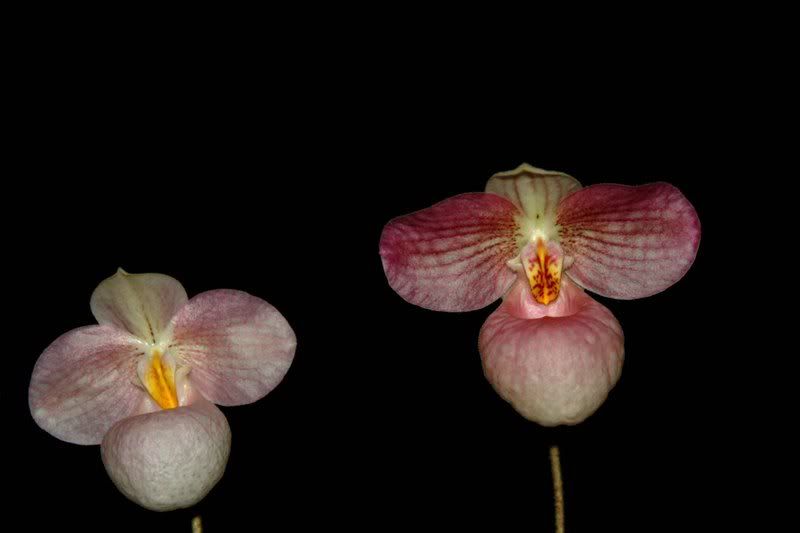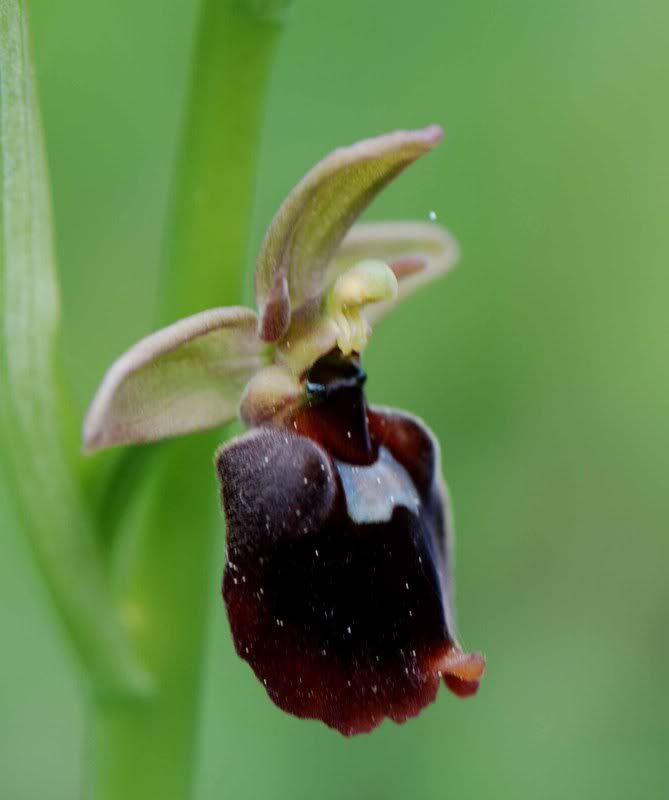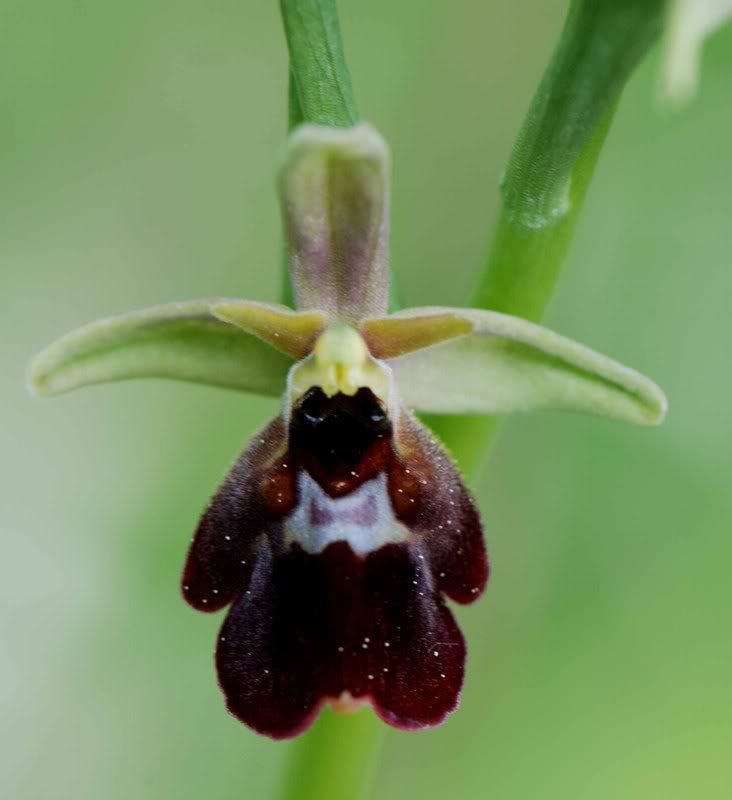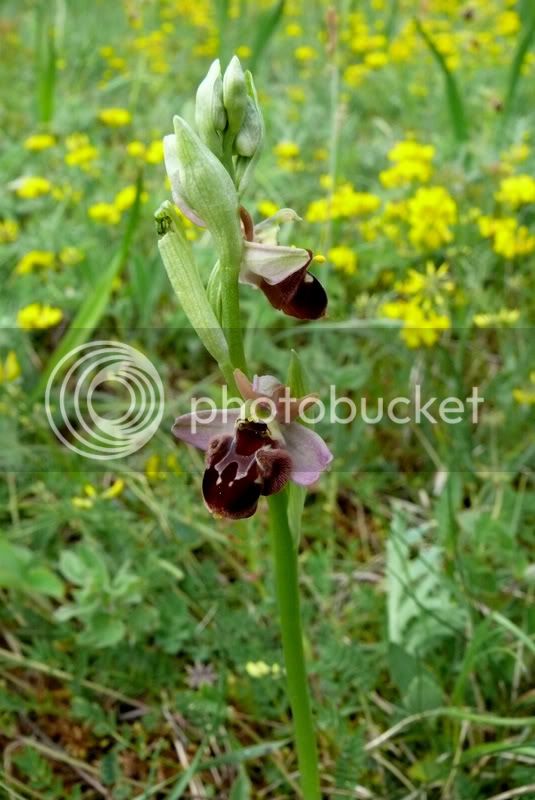Lance Birk
Well-Known Member
- Joined
- Jul 29, 2006
- Messages
- 182
- Reaction score
- 2
Robert,
Everything you said relates also to man-nade hybrids.
I don't believe in "natural hybrid" paphiopedilums. Well, perhaps there are one, or three.
Everything you said relates also to man-nade hybrids.
I don't believe in "natural hybrid" paphiopedilums. Well, perhaps there are one, or three.







